The 10 british songbirds at risk of extinction, from the turtle dove to the marsh tit
The latest figures on songbirds make for sobering reading.

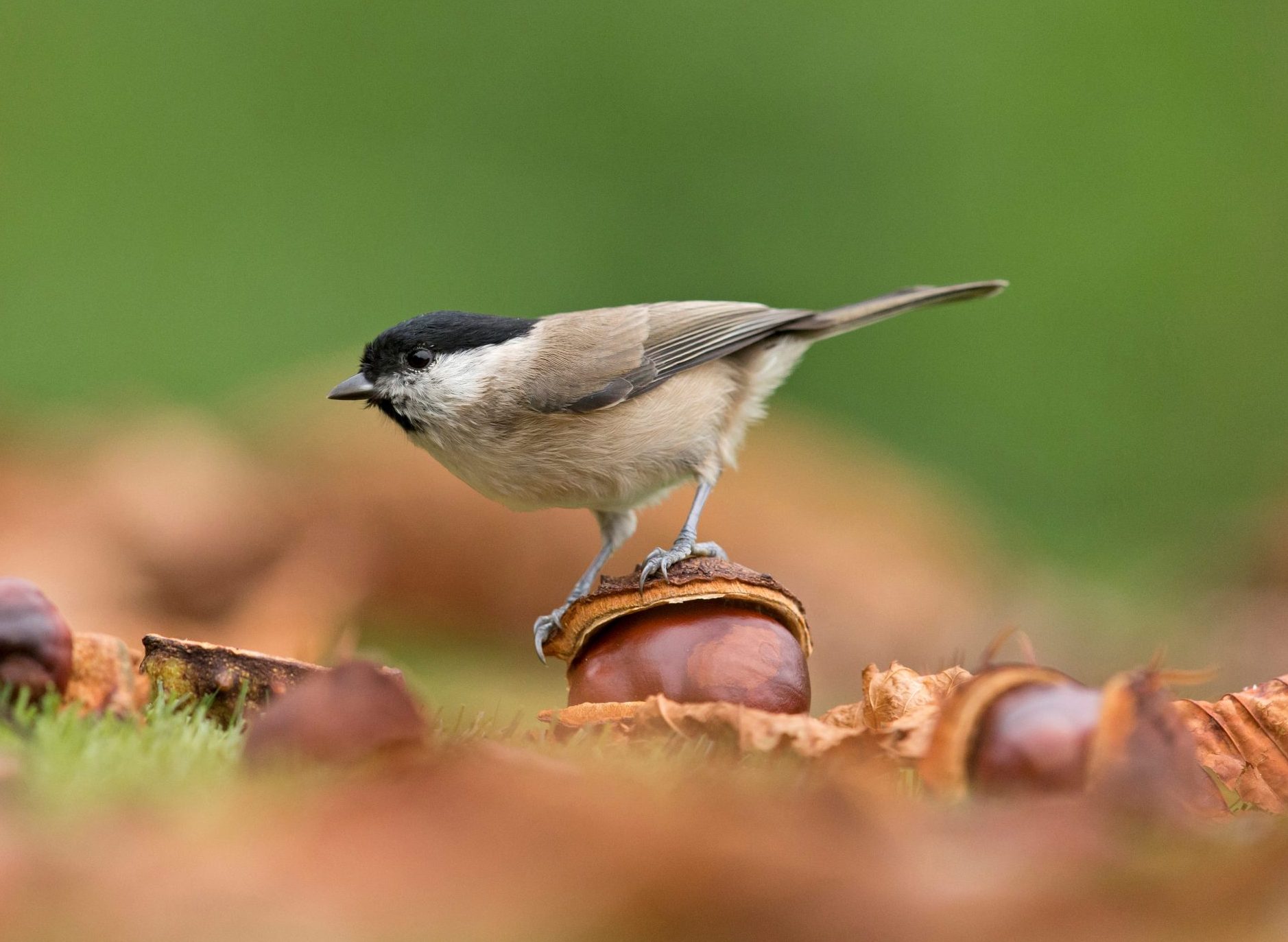
Songbirds are defined as ‘perching birds’, because their specially adapted feet (with three toes facing forward and one back) allow them to grip on to branches and ledges, in gardens, parks, woodland and farmland.
As their name suggests, these passerines also emit beautiful and highly complicated songs that are best heard during the dawn chorus. According to the latest figures from the British Trust for Ornithology and RSPB, the following 10 species on the red list of Birds of Conservation Concern suffered some of the most rapid declines from 1967 to 2016:
Turtle dove
Streptopelia turtur — numbers down 98%
One of the reasons why this dainty dove (right) with its pale-pink breast and gentle, purring call is now increasingly rare is thought to be the lack of seed and grain available to it during the breeding season, which results in far fewer nesting attempts.
Tree sparrow
Passer montanus — numbers down 96%
Shyer than house sparrows and more active, with a distinctive cocked tail, the tree-sparrow population plummeted between 1970 and 2008, but recent Breeding Bird Survey data suggests numbers may have started to increase, albeit from an extremely low base.
Nightingale
Luscinia megarhynchos — numbers down 93%
Exquisite houses, the beauty of Nature, and how to get the most from your life, straight to your inbox.
Slightly larger than robins, these plain brown birds — whose extraordinarily eloquent song features a quick succession of rich notes that few other species can reach — might no longer be so frequently seen (or heard) in Berkeley Square, but are found in their highest densities in Essex, Suffolk, Norfolk, Kent and Sussex. They are migratory, overwintering in Africa and arriving in Britain in April, singing mainly during May and June.
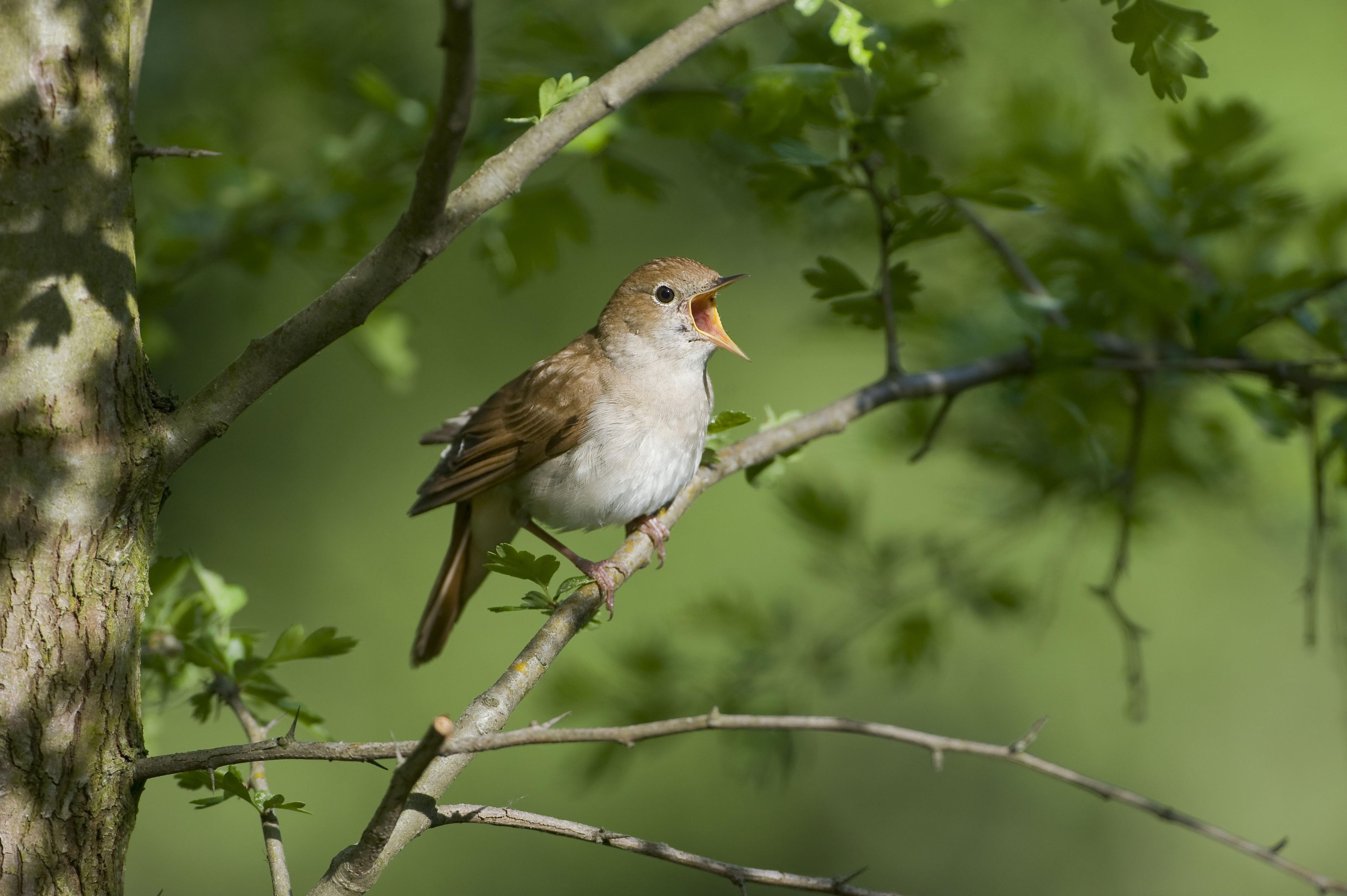
Willow tit
Poecile montanus — numbers down 91%
With a large, black cap and a small black bib, willow tits are between blue and great tits in stature and, as their name suggests, tend to frequent lowland peat bogs, marshes and gravel pits, mainly in England and Wales.
Starling
Sturnus vulgaris — numbers down 89%
Although still one of our most common garden birds, the noisy and gregarious starling (whose feathers look black, but are actually lustrous green and purple), is doing badly everywhere else.
Spotted flycatcher
Muscicapa striata — numbers down 87%
Masterful at catching insects — such as butterflies, moths, damselflies and crane flies — mid air, the brownish-grey fly-catcher switches to searching trees and shrubs for other morsels in bad weather.
Corn bunting
Emberiza calandra — numbers down 87%
A stout, dumpy bird, this lowland farmland bird is the largest of its brethren and is most often seen atop a wire or post, easily recognisable by its jangly song, fluttering flight and ‘dangling’ legs.
Tree pipit
Anthus trivialis — numbers down 86%
Fond of newly planted conifers or open heath, the streaked tree pipit has a buff-tinged breast and was once a widespread visitor to our shores. However, although the bird appears in high densities in the western uplands, its numbers have declined dramatically in central and southern England.
Lesser redpoll
Carduelis cabaret — numbers down 85%
Adept at hanging upside down to feed in trees, this finch adores birch and alder seeds, but also loves bird tables. A tiny bird with streaked brown feathers and red patches on its head, it breeds in woodland in Scotland, northern and eastern England and Wales.
Marsh tit
Poecile palustris — numbers down 80%
These mainly brown birds with a black cap and a dark bib are so tricky to distinguish from willow tits that scientists didn’t realise they were a separate species until 1897. They have good memories and, if seeds are plentiful, they hoard them for a rainy day.
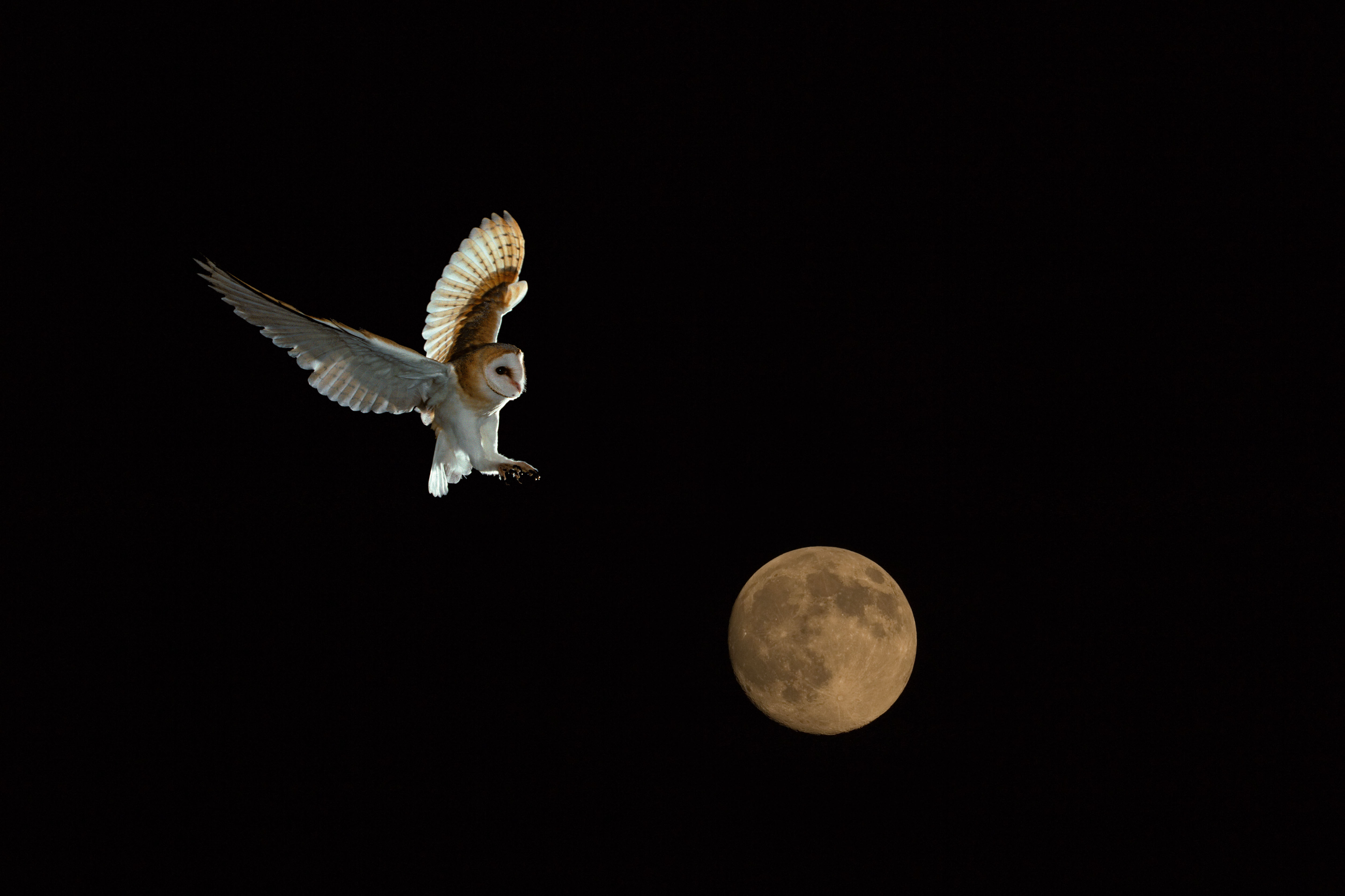
Credit: Alamy Stock Photo
How white-feathered barn owls terrify their prey into submission: 'It’s like a ghost coming on it'
Scientists have found white owls are superior in their hunting ability to their darker counterparts.
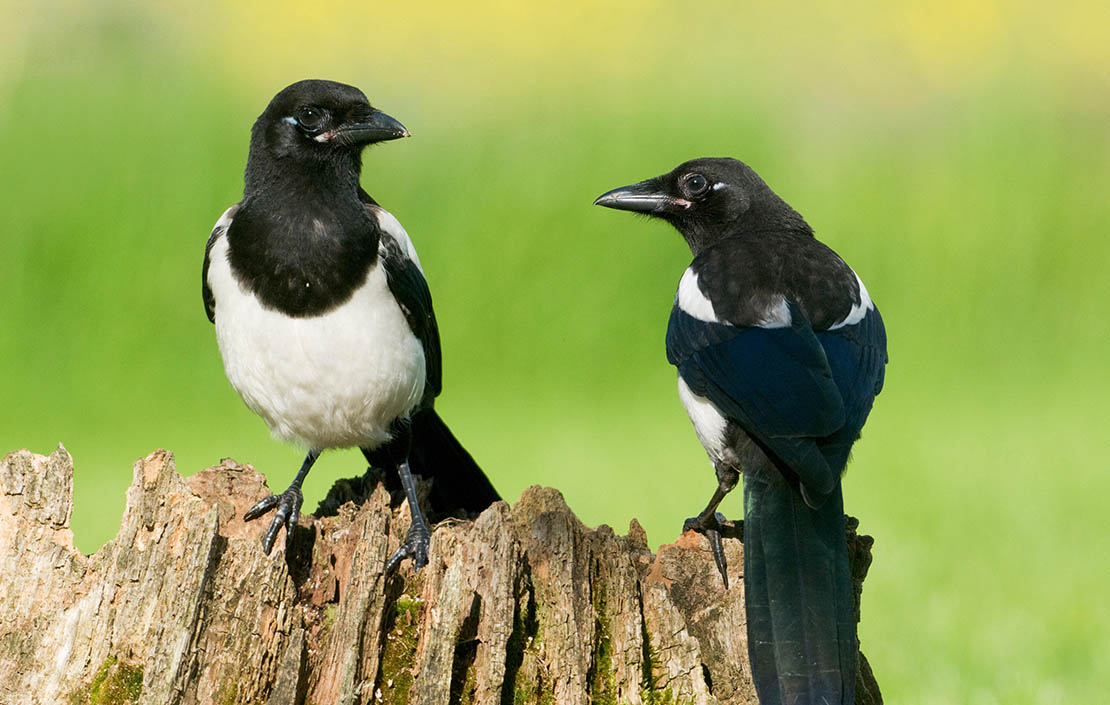
Curious Questions: One for sorrow, two for joy – but why are we so superstitious about magpies?
Superstitions swirl around all manner of different birds, but never more so than with magpies. We take a look at
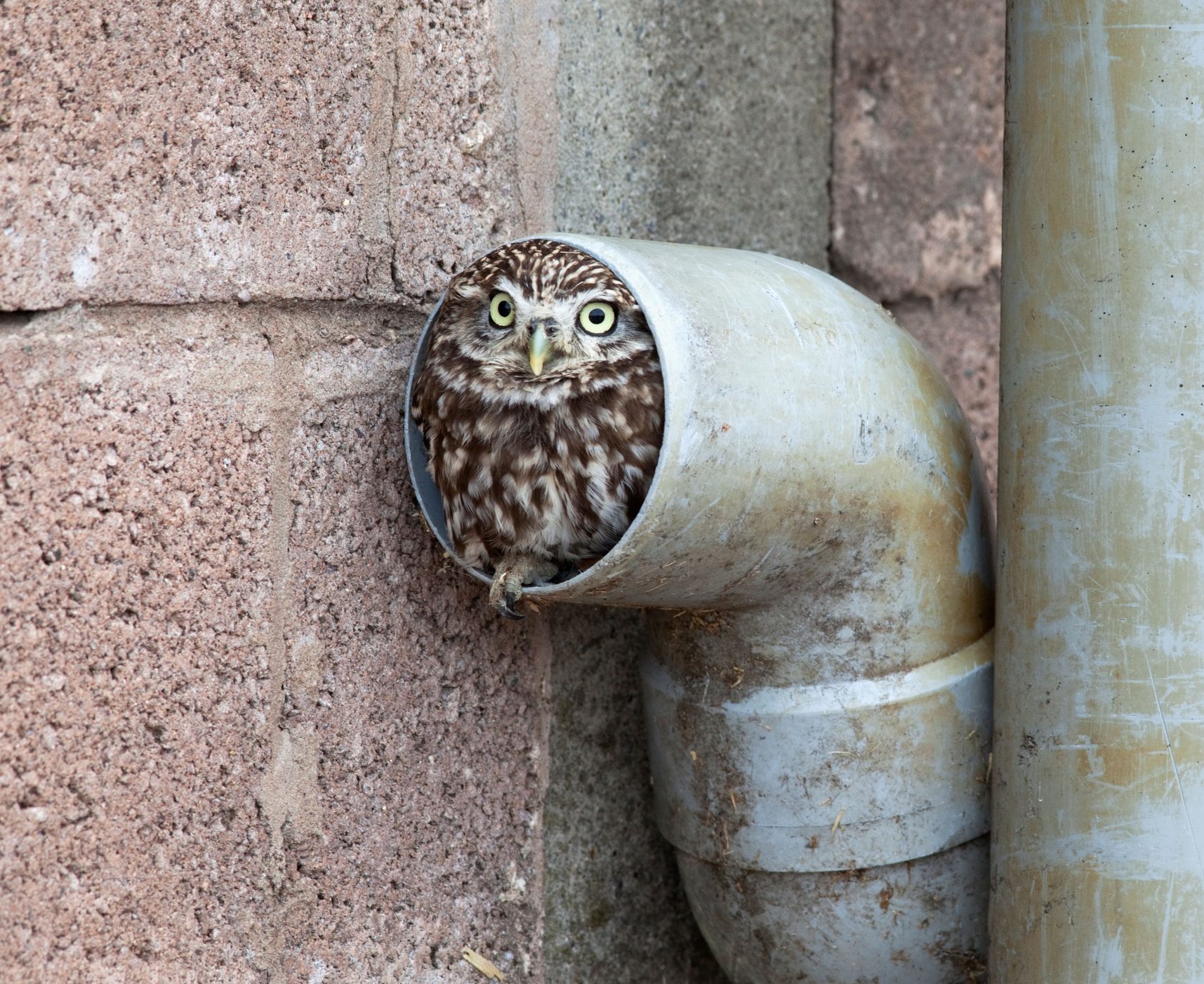
Credit: Alamy
The six types of owl you’ll find in Britain
Gamekeeper Simon Lester offers his guide to these mesmerising creatures, from the pocket-sized Little Owl to the fearsome Eagle Owl
An experienced journalist, Paula Minchin, Country Life's Managing & Features Editor, has worked for the magazine for 10 years — during which time she’s overseen two special issues guest-edited by His Majesty The King in 2013 and in 2018, and the bestselling 2022 edition masterminded by his wife, Queen Camilla. A gamekeeper’s daughter, Paula began her career as a crime reporter on The Sidmouth Herald in Devon, before becoming Pony Club & Young Rider Editor, then Racing Editor, at Horse & Hound. Paula lives in Somerset with her two working Labradors, Nimrod and Rocky.
